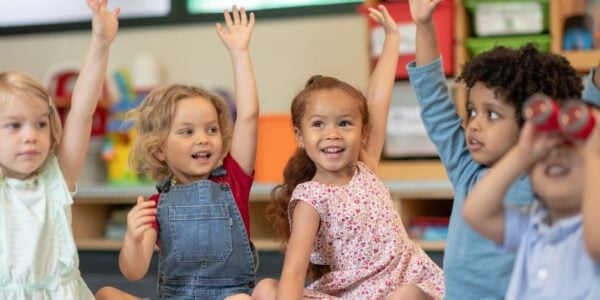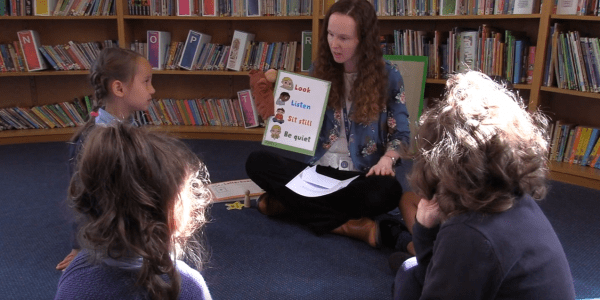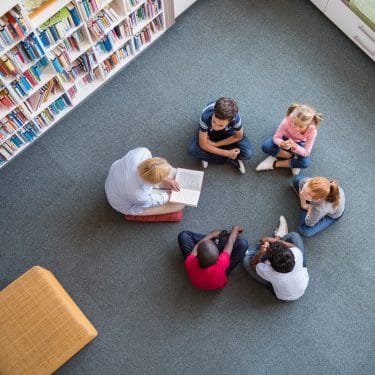Researchers have discovered that that the use of “textisms” does not appear to have a negative impact on the development of children’s grammar and spelling.
Findings from a study funded by the Nuffield Foundation and carried out by Coventry University and the University of Tasmania have been published in the British Journal of Developmental Psychology. They show that children and young people’s tendency to make grammatical mistakes while texting does not have a negative influence on their performance in grammar and spelling tests over the course of a year.
The researchers analysed the relationship between text messages sent by primary school, secondary school and university students, and their performance on formal tests of grammar and spelling. This was repeated one year later to see how texting had affected the development of their language skills over time.
There was no evidence that grammatical violations made while texting were related to children’s understanding of written and spoken grammar at either time. The results even showed that primary school children’s use of ungrammatical word forms (e.g. they is rather than they are) at the beginning of the project were actually positively linked to spelling ability 12 months later.
Similarly, secondary school children’s use of ungrammatical word forms and omission of punctuation and capitalisation were all positively associated with growth in the children’s spelling ability over the course of a year.
Clare Wood, Professor of Psychology in Education at Coventry University’s Centre for Research in Psychology, Behaviour and Achievement (CRPBA) said:
“Our previous work has shown that the reason why we see positive associations between use of texting slang and spelling outcomes is because many of the most commonly used forms of text abbreviation are phonetically based. So when children are playing with these creative representations of language they have to use and rehearse their understanding of letter-sound correspondences: a skill which is taught formally as phonics in primary classrooms. So texting can offer children the chance to practice their understanding of how sounds and print relate to each other”.
The only participants that showed evidence of negative relationships between grammatical violations made when texting and levels of grammatical understanding were young adults. The tendency to omit punctuation and capitalisation in text messages was linked to lower performance on the standardised test of grammatical understanding and a specially constructed measure of sensitivity to grammar in written words taken 12 months later. However, the researchers concluded that these links were weak and could be explained by individual differences in the participants’ general ability levels.
From these results, it would seem that children’s text violations are not negatively related to their language and literacy skills. The researchers identified several factors that explain why young people continue to use textisms, including their desire to display emotion while texting, time constraints and the importance the writer attaches to using standard English when texting.
The researchers still urge teachers to continue teaching their students about the conventional rules of formal written grammar, while making them aware of contexts where it is essential to apply these conventions, and when they can be relaxed.
Clare added: “There has been a lot of speculation about the impact of digitally mediated communication on children’s and young people’s understanding of conventional spelling and grammar, as these elements are often explored and changed in a playful way when messaging others online or via mobile devices.
“It is important to recognise that digital devices are a pervasive aspect of children’s daily lives and understand the opportunities they offer as well as being aware of the risks that they pose. Recent data from the National Literacy Trust has shown that children are now more likely to read on such devices than more traditional print sources. Our work shows that the concerns that adults understandably have about this new environment for literacy are not supported by current evidence.”

















































